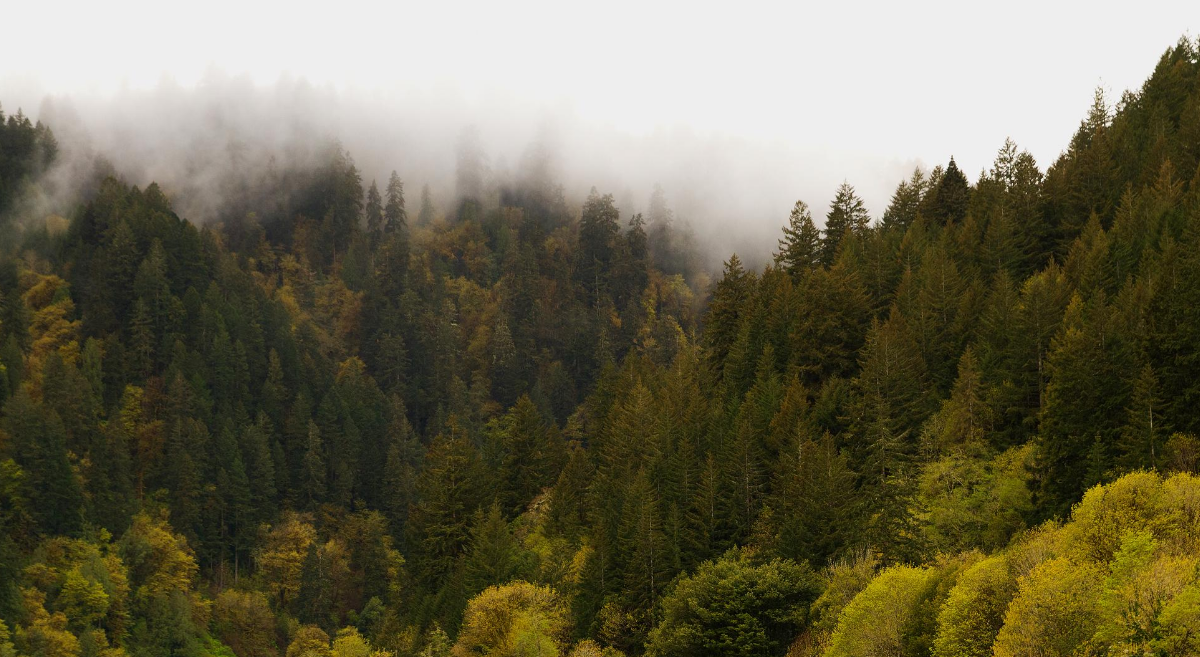
Contacts, Co-Leads of the Oregon Climate Action Plan Coalition Natural and Working Lands Policy Table:
- Grace Brahler, Oregon Climate Policy Manager, Beyond Toxics (gbrahler@beyondtoxics.org)
- Megan Kemple, Director of Policy Advocacy, Oregon Climate and Agriculture Network (megan@oregonclimateag.org)
- Lauren Anderson, Forest and Climate Policy Coordinator, Oregon Wild (la@oregonwild.org)
A highly anticipated proposal from the Oregon Global Warming Commission (OGWC) provides bold recommendations for realizing the full potential of the state’s forests, agricultural lands, and wetlands as essential natural climate solutions. The “Natural and Working Lands Proposal” marks the first time the state has set a carbon sequestration goal.
As part of Executive Order 20-04, Governor Brown directed the Oregon Global Warming Commission to submit a proposal recommending goals for carbon sequestration and storage by Oregon’s natural and working lands. Advocates and climate scientists agree that reducing greenhouse gas emissions alone is an insufficient strategy for addressing the climate crisis. Carbon sequestration--the process of capturing and storing atmospheric carbon dioxide--must also be prioritized.
The Global Warming Commission’s proposal recognizes that, “[w]ith Oregon’s carbon-dense westside forests, diverse and productive agricultural and rangelands, and high-carbon tidal wetlands, we have the potential, if not the imperative, to enhance our natural and working lands’ significant contribution to climate change mitigation.”
The Natural and Working Lands Proposal sets forth specific goals for carbon sequestration on Oregon’s natural and working lands, which would keep nearly 10 million metric tons of carbon out of the atmosphere each year. From the Proposal: “If we are able to get back on track to meeting our 2035 and 2050 sector-based emission reduction goals and we achieve the sequestration goals proposed here, Oregon could be net neutral and fully contributing to climate repair before 2040, positioning the state as the U.S. leader on climate mitigation.”
In order to meet the recommended goals, the Commission recommends the State:
- Support the implementation of climate-smart forest management and evaluate scenarios including lengthening harvest rotations on state and private forest lands and increasing protections for mature and old-growth forests on state and federal lands as well as areas with high carbon storage potential;
- Invest in Oregon’s crop and rangelands through the establishment of a comprehensive climate-smart agricultural program that includes incentivizing soil health practice adoption and other climate-smart practices; and
- Increase protection and restoration of Oregon’s carbon-rich tidally influenced coastal ecosystems.
Advocates with the Oregon Climate Action Plan Coalition are urging the Governor’s office and the Legislature to take action to address the climate crisis by implementing the recommendations and positioning the state to meet the goals in the proposal.
Leaders from the Oregon Climate Action Plan Coalition released the following statements:
“We appreciate that the Proposal recognizes the urgency of the climate crisis and the critical role the agricultural sector has to play in addressing it,” said Megan Kemple, Director of Policy Advocacy, Oregon Climate and Agriculture Network. “We raised our voices to strengthen these recommendations and we were heard. We support nearly all of the recommendations in the Proposal and our producers are ready to be part of the solution.”
“The Natural and Working Lands Proposal has great potential to prioritize climate-impacted communities,” said Grace Brahler, Oregon Climate Action Plan and Policy Manager for Beyond Toxics. “Transforming our land management practices will have many overlapping environmental and climate justice outcomes, such as access to clean water and air and safe outdoor working conditions. The multiple crises we face—from extreme drought to wildfires—require ambitious action on the science-backed recommendations laid out in the proposal.”
“The Oregon Global Warming Commission’s new proposal is a critical first step to positioning the state at the forefront of natural climate solutions — a major shift for state agencies and other institutions that have been slow to react to the worsening climate crisis,” said Lauren Anderson, Oregon Wild’s Forest Climate Policy Coordinator. “Our best near-term option is to store carbon in our forests. Oregon’s remaining intact temperate rainforests store more carbon per acre than the Amazon rainforest and should be a top climate priority for the state.
Read the OGWC Press Release: "Oregon Global Warming Commission Proposes New State Goals for Carbon Sequestration"
More information is available on the Oregon Global Warming Commission’s Natural and Working Lands Page. Read the full proposal here.

